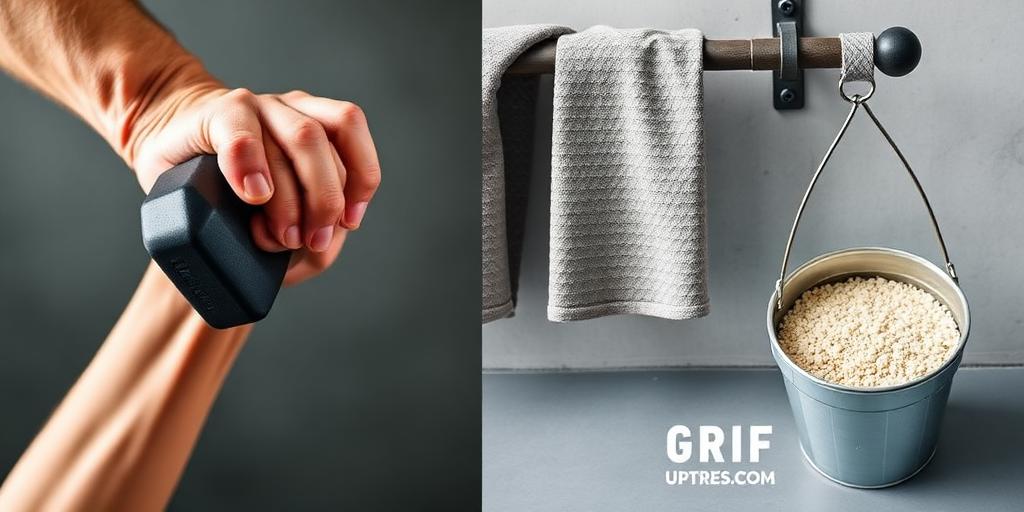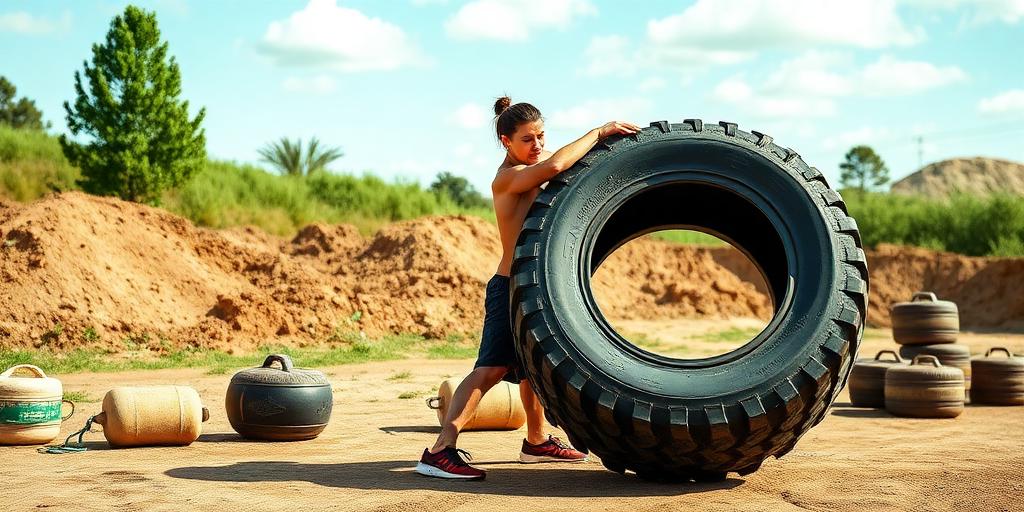The Benefits of Massage Therapy for Injury Recovery
Massage therapy is often associated with relaxation and stress relief, but its benefits extend far beyond pampering. It can be a powerful tool in injury recovery, aiding in healing and pain management. This post explores the various ways massage therapy can contribute to a faster and more effective recovery process.
Understanding the Role of Massage in Injury Recovery
When an injury occurs, whether it's a sports-related sprain, a car accident whiplash, or a repetitive strain injury, the body's natural response involves inflammation and the formation of scar tissue. While these processes are essential for healing, they can also lead to pain, stiffness, and limited range of motion. Massage therapy helps to counteract these negative effects by:
- Reducing Muscle Tension and Spasms: Massage techniques can help relax tight muscles, easing painful spasms and improving comfort.
- Increasing Blood Circulation: Enhanced blood flow delivers vital nutrients and oxygen to the injured tissues, promoting faster healing.
- Breaking Down Scar Tissue: Targeted massage can help remodel and soften scar tissue, preventing it from restricting movement.
- Reducing Inflammation: Some massage techniques can help drain excess fluid and reduce inflammation in the injured area.
- Releasing Endorphins: Massage stimulates the release of endorphins, natural pain relievers that can help reduce reliance on medication.
Types of Massage Therapy for Injury Recovery
Several massage therapy techniques can be beneficial for injury recovery. The specific approach will depend on the type and severity of the injury, as well as the individual's needs and preferences. Common types of massage used in injury recovery include:
- Swedish Massage: A gentle technique that promotes relaxation and improves circulation. It's often used in the early stages of recovery.
- Deep Tissue Massage: Targets deeper layers of muscle and connective tissue to release chronic muscle tension and break down scar tissue.
- Sports Massage: Designed to address the specific needs of athletes, it can help prevent injuries, improve performance, and speed up recovery.
- Myofascial Release: Focuses on releasing tension in the fascia, the connective tissue that surrounds muscles and organs. It can improve flexibility and range of motion.
- Trigger Point Therapy: Targets specific points of tenderness in muscles that can cause referred pain in other areas of the body.
What to Expect During a Massage Therapy Session for Injury Recovery
Before starting a massage therapy session for injury recovery, the therapist will typically conduct a thorough assessment to understand the nature and extent of the injury. They will ask about the cause of the injury, the symptoms experienced, and any previous treatments received. Based on this assessment, the therapist will develop a customized treatment plan.
During the session, the therapist will use a variety of techniques to address the specific needs of the injury. They may apply gentle pressure to promote relaxation, or use deeper strokes to release muscle tension and break down scar tissue. Communication is key during the session, and it's important to let the therapist know if you're experiencing any pain or discomfort.
Working with a Qualified Massage Therapist
It's essential to work with a qualified and experienced massage therapist who has specific training in injury recovery. Look for a therapist who is licensed and certified, and who has a good understanding of anatomy and physiology. They should be able to assess your injury properly and develop a safe and effective treatment plan.
Conclusion
Massage therapy can be a valuable addition to any injury recovery plan. By reducing muscle tension, increasing circulation, breaking down scar tissue, and releasing endorphins, massage can help accelerate healing and improve overall function. If you're recovering from an injury, consider incorporating massage therapy into your treatment regimen to experience its many benefits.









